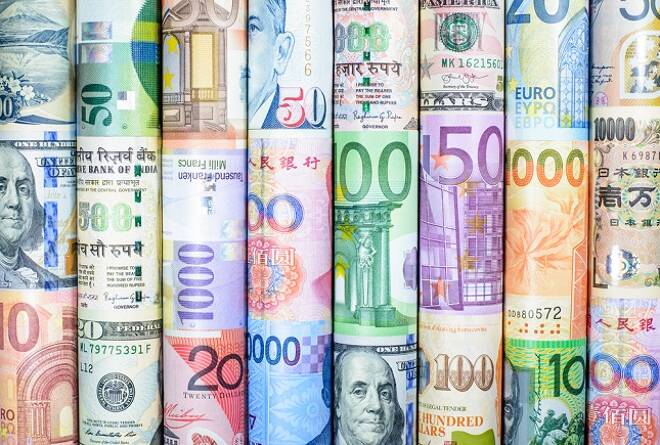Advertisement
Advertisement
Weak Economic Data Worsened Market Sentiment
Published: Apr 16, 2020, 08:26 UTC
World stock indices showed on Wednesday that they could not hold the peaks near monthly highs.
In this article:
The published macroeconomic data does not allow investors to return to purchases despite the large-scale stimulus and expectations of upcoming easing of restrictive measures. Market sentiment has worsened by the data on the amounts the largest US banks are saving to cover possible losses, as well as new reports of possible bankruptcies of large companies.
Weak oil producers (FTS, earlier Whiting) and retailers (JCPenney) are in the process of insolvency. However, they were not performing well even before all these events. This situation acts as a catalyst to these destructive processes. You may treat this process as a natural cleanup of the market field as long as it did not touch relatively healthy companies.
We can see the same on a country level. The International Monetary Fund reported that about 100 countries have applied to it for help with financing or requesting deferral of debt repayment. The wave of defaults at the level of states is dangerous because it will attract both changes in attitudes to other “weak” countries, and revision of the ratings of companies in these countries, increasing pressure on the financial markets.
Currency markets often mirror these hidden processes, and here it is worth noting the alarm signals.
The Australian dollar and the Chinese yuan turned to decline on Wednesday, and this process continues on Thursday morning. The AUDUSD dropped from 0.6700 to 0.5500 in March but recovered to 0.6440 by Wednesday. The Chinese yuan stopped its growth at 7.04 per dollar. In both cases, the currencies attracted bears, when they offset the decline, which was abnormal in the second decade of March. This may be a signal from Asian investors that they are not ready to believe that the situation has turned to improvement, forecasting that economic activity won’t recover quickly.
The model for the markets can be the situation of 2008/09, when the rebound after a significant decline ended in a new wave of decreasing. In AUDUSD it was a return to the same levels, while the stock market was updating its lows.
In the EURUSD, the level of 1.1000 was an essential battlefront for the bulls and bears. The recovery in the first half of the month stalled on the way to this psychologically important level. It may be an important watershed in the market sentiment. The increase in sales reflects investors’ caution, and the ability to stay above this level and growth above the 200 SMA (now passing through 1.1050) might act as a turning point. But we have not passed this point yet.
About the Author
Alexander Kuptsikevichcontributor
Alexander is engaged in the analysis of the currency market, the world economy, gold and oil for more than 10 years. He gives commentaries to leading socio-political and economic magazines, gives interviews for radio and television, and publishes his own researches.
Did you find this article useful?
Latest news and analysis
Advertisement
